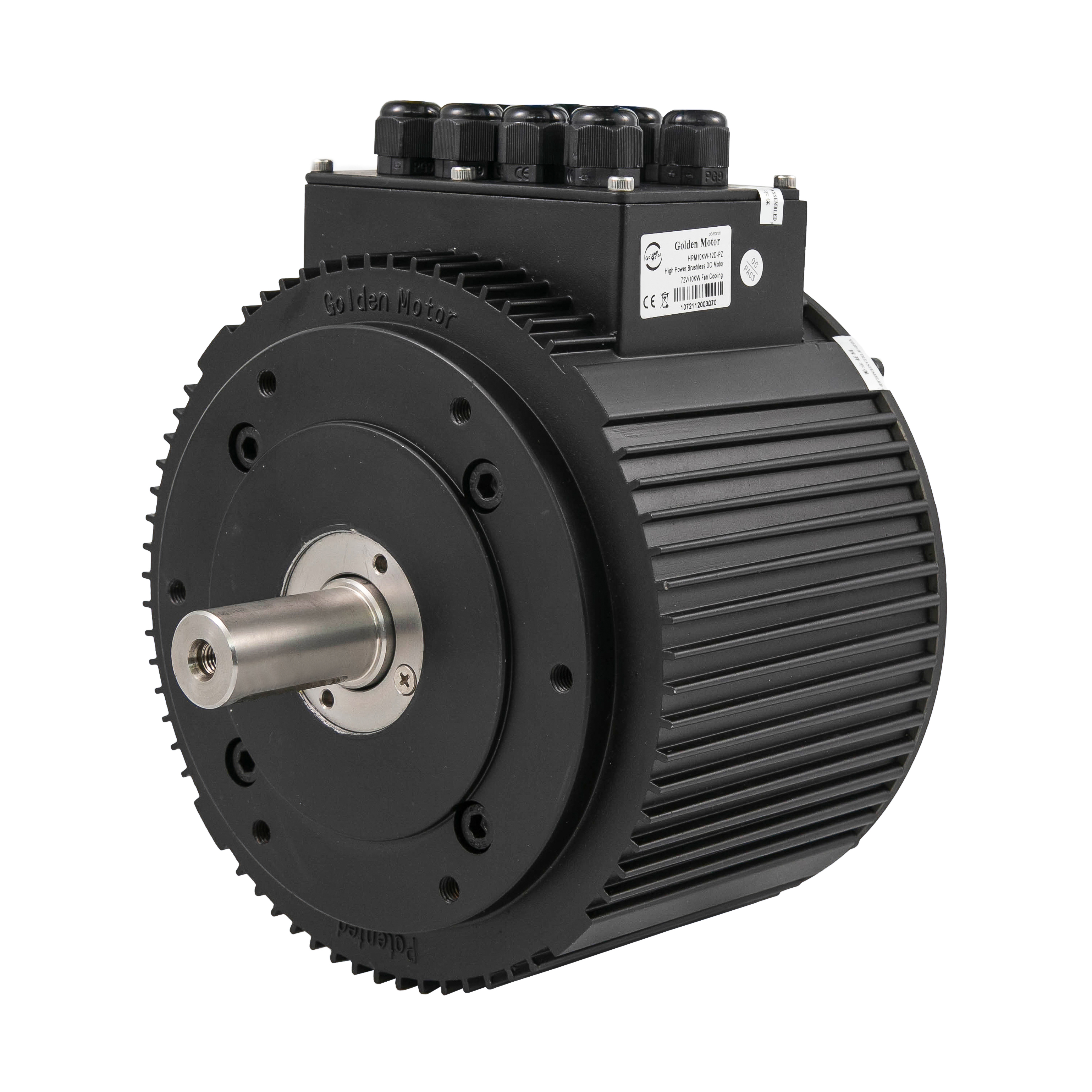
The automotive industry has seen a significant shift towards electric and hybrid vehicles due to the need to reduce greenhouse gas emissions and increase fuel efficiency. Electric vehicles require high-performance electric motors to power them, and brushless DC motors have emerged as a popular choice for various automotive applications, including fuel control.
Brushless DC Motors
A brushless DC motor (BLDC) is an electric motor that operates on the principle of electromagnetic induction. Unlike traditional DC motors, which use a commutator and brushes to switch the current direction in the motor, BLDC motors use electronic commutation to control the flow of current to the motor’s windings.
This allows for smoother operation and eliminates the need for regular maintenance.
BLDC motors are highly efficient and can provide high torque density, making them suitable for various automotive applications. They are also lightweight and have a longer lifespan than traditional DC motors.
Additionally, they produce less noise and vibration, making them more suitable for electric and hybrid vehicles.
Optimization Of BLDC Motors For Fuel Control
Fuel control involves regulating the amount of fuel delivered to the engine to ensure optimal performance and fuel efficiency. BLDC motors can be optimized for fuel control by adjusting various parameters, including the motor’s voltage, current, and speed.
Voltage Optimization
Voltage optimization involves adjusting the voltage supplied to the motor to achieve maximum efficiency. BLDC motors have a voltage constant, which is a measure of the motor’s ability to convert electrical energy into mechanical energy.
By increasing the voltage supplied to the motor, the motor’s torque increases, and the current required to operate the motor decreases. This reduces power losses and improves the motor’s overall efficiency.
However, increasing the voltage also increases the motor’s temperature, which can lead to thermal degradation of the motor’s components. Therefore, the voltage must be optimized to balance the benefits of increased torque and decreased current with the risks of increased temperature and potential damage to the motor.
Current Optimization
Current optimization involves adjusting the current supplied to the motor to achieve maximum efficiency. BLDC motors have a current constant, which is a measure of the motor’s ability to convert electrical energy into mechanical energy.
By increasing the current supplied to the motor, the motor’s torque increases, and the voltage required to operate the motor decreases. This reduces power losses and improves the motor’s overall efficiency.
However, increasing the current also increases the motor’s temperature, which can lead to thermal degradation of the motor’s components. Therefore, the current must be optimized to balance the benefits of increased torque and decreased voltage with the risks of increased temperature and potential damage to the motor.
Speed Optimization
Speed optimization involves adjusting the speed of the motor to achieve maximum efficiency. BLDC motors have a maximum speed at which they can operate efficiently, and exceeding this speed can lead to reduced efficiency and increased power losses.
Therefore, the speed must be optimized to ensure the motor operates within its optimal range.
Additionally, the motor’s speed can be adjusted to match the requirements of the fuel control system. For example, if the fuel control system requires the motor to operate at a specific speed, the motor’s speed can be adjusted to match this requirement.
This ensures the fuel control system operates at maximum efficiency, improving overall vehicle performance and fuel efficiency.
Optimization of brushless DC motors for fuel control applications in the automotive industry is essential for improving vehicle performance and fuel efficiency. Voltage, current, and speed must be optimized to ensure the motor operates at maximum efficiency while avoiding thermal degradation of the motor’s components.
BLDC motors offer many advantages over traditional DC motors, including high efficiency and torque density, lightweight construction, longer lifespan, and reduced noise and vibration, making them an ideal choice for various automotive applications.
In addition to voltage, current, and speed optimization, other factors can also affect the performance and efficiency of BLDC motors in fuel control applications. For example, the motor’s rotor and stator design, winding configuration, and material selection can all have an impact on the motor’s performance and efficiency.
Rotor And Stator Design
The rotor and stator design of a BLDC motor can have a significant impact on its performance and efficiency. The motor’s rotor typically consists of permanent magnets, while the stator consists of multiple windings. The number and arrangement of the magnets and windings can affect the motor’s torque and speed characteristics.
For example, increasing the number of windings in the stator can increase the motor’s torque output. However, this can also increase the motor’s electrical resistance, leading to increased power losses and reduced efficiency.
Therefore, the number of windings must be optimized to balance the benefits of increased torque with the risks of reduced efficiency.
Similarly, increasing the number of magnets in the rotor can increase the motor’s speed and reduce cogging torque. However, this can also increase the motor’s weight and cost. Therefore, the number of magnets must be optimized to balance the benefits of increased speed and reduced torque with the risks of increased weight and cost.
Winding Configuration
The winding configuration of a BLDC motor can also affect its performance and efficiency. The winding configuration can be either single-phase or three-phase, with three-phase configurations being more common due to their higher efficiency and smoother operation.
The winding configuration can also affect the motor’s torque and speed characteristics. For example, a delta winding configuration can provide higher torque output, while a wye winding configuration can provide higher speed output.
The winding configuration must be optimized to match the requirements of the fuel control system and balance the benefits of increased torque or speed with the risks of reduced efficiency.
Material Selection
The materials used in the construction of a BLDC motor can also affect its performance and efficiency. For example, the magnets used in the rotor can be made of different materials, including neodymium, samarium-cobalt, and ferrite.
Neodymium magnets offer the highest magnetic strength but are also the most expensive, while ferrite magnets are the least expensive but have the lowest magnetic strength.
Similarly, the material used in the stator’s windings can also affect the motor’s performance and efficiency. Copper is the most common material used in windings due to its high conductivity, but other materials, such as aluminum, can also be used.
It is crucial to optimize brushless DC motors for fuel control applications in the automotive sector in order to enhance vehicle performance and fuel efficiency. To ensure the motor functions at peak efficiency and avoids thermal degradation of its components, optimization of voltage, current, and speed is necessary.
Additionally, other factors, such as the motor’s rotor and stator design, winding configuration, and material selection, can also affect the motor’s performance and efficiency and must be optimized to match the requirements of the fuel control system. By optimizing these factors, BLDC motors can provide high-performance, efficient, and reliable operation for various automotive applications.
